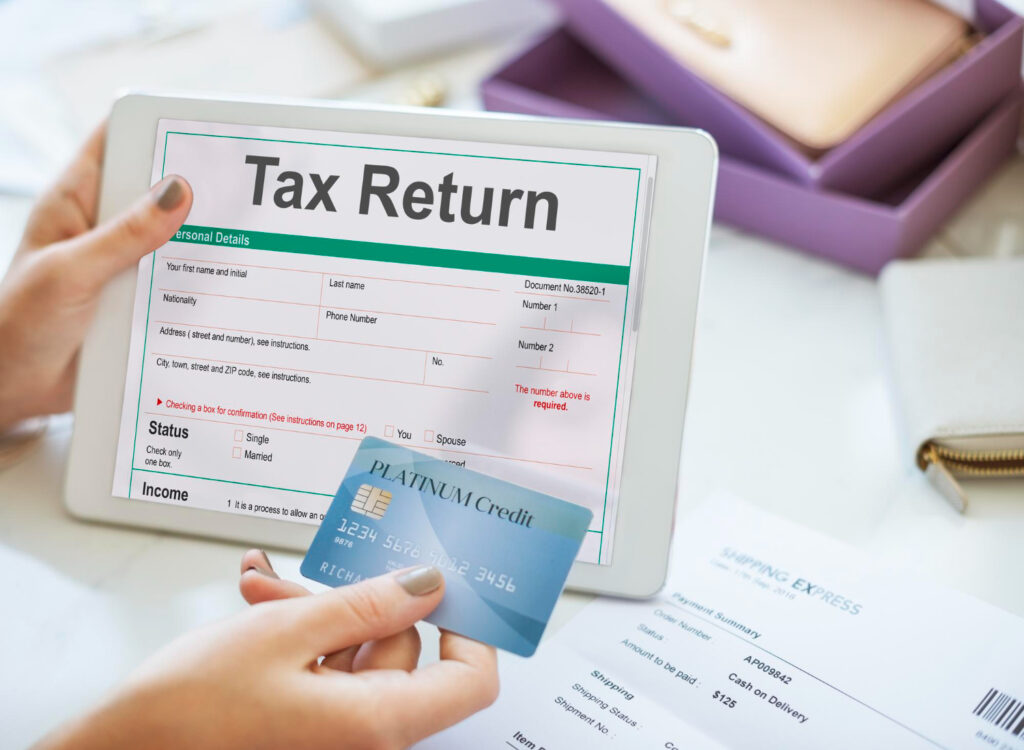- 311, 3rd Floor, B-10 & 11, Chanakya Complex, Laxmi Nagar, Delhi-110092
- 97738 98252
- info@enrollkaro.com
We can serve our clients all the more effectively on account of state of the art practice innovation. Connect with us
An Income Tax Return (ITR) is a form that individuals, businesses, and other entities use to report their income, expenses, and tax liabilities to the Income Tax Department of India. It allows taxpayers to calculate and settle their tax liability or claim a refund for overpaid taxes. Filing an ITR is mandatory for certain individuals and entities, depending on their income levels and other criteria.

For individuals earning income from salary, one house property, and other sources (e.g., interest income) with a total income up to ₹50 lakhs.
For individuals and HUFs with income from salary, more than one house property, capital gains, and other sources, but not from business or profession.
For individuals and HUFs having income from a business or profession.
For individuals, HUFs, and firms opting for the presumptive taxation scheme under sections 44AD, 44ADA, or 44AE.
For LLPs, partnership firms, and other entities excluding companies.
For companies, except those claiming exemption under section 11 (income from religious or charitable purposes).
For persons and companies required to file returns under sections 139(4A), 139(4B), 139(4C), or 139(4D) (trusts, political parties, etc.).
Login to the Income Tax Portal:
Based on your income type and eligibility.
It will take MCA 3-4 days to support or reject the name endorsement demand.
Cross-check with Form 26AS.
Submit the return electronically after verifying all details.
Verify your return using Aadhaar OTP, net banking, or other methods. Alternatively, send a signed copy of ITR-V to the CPC, Bengaluru.
Non-filing of ITR can result in penalties and interest.
File ITR to claim refunds for excess tax paid (TDS, advance tax, etc.).
Certain losses, such as those from capital gains, can only be carried forward if you file an ITR.
Filed returns act as proof of income for purposes like obtaining loans, visas, and investments.
Filing ensures compliance with tax laws, reducing the risk of scrutiny or penalties from tax authorities.
An Income Tax Return (ITR) is a form used to declare an individual’s or entity’s income, tax liabilities, and eligible deductions to the Income Tax Department. It also helps in calculating the tax payable or refund due for the financial year.
Filing an ITR is mandatory for:
The major ITR forms are:
Late filing can lead to penalties and interest on tax dues.
Filing ITR after the due date incurs a late fee of ₹1,000 if your income is below ₹5 lakhs, and ₹5,000 if it is above ₹5 lakhs. Additionally, you may lose the ability to carry forward certain losses, and interest at 1% per month will be charged on unpaid taxes.
Yes, an ITR can be revised if you discover a mistake after filing. You can revise your return before the end of the assessment year or before the return is assessed, whichever is earlier.
Some of the essential documents for ITR filing include:
Form 26AS is a consolidated tax statement that contains details of tax deducted at source (TDS), tax collected at source (TCS), advance tax, self-assessment tax, and refunds issued by the tax department. It helps you cross-check the tax deducted by various entities and ensures accuracy while filing ITR.
E-verification is the process of confirming that the ITR submitted is genuine and accurate. You can e-verify your ITR via:
If excess tax has been deducted (through TDS or advance tax payments), you can claim a refund by filing your ITR. The refund will be processed by the Income Tax Department and credited to your registered bank account.
By continuing past this page, you agree to our Terms and Conditions Privacy Policy and Refund Policy | Copyright © 2024 Enroll Karo.com| All Rights Reserved